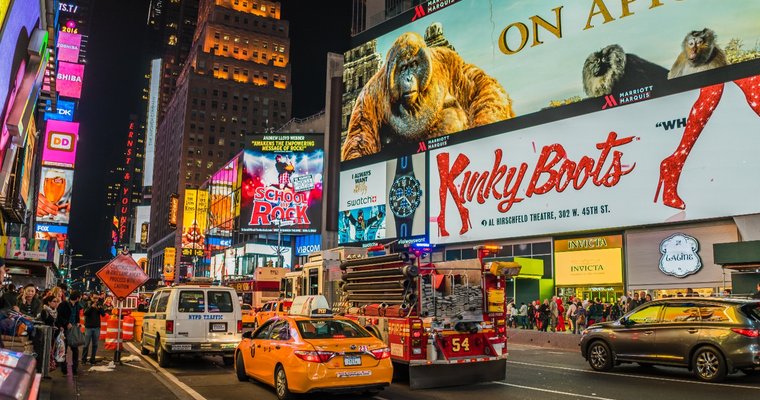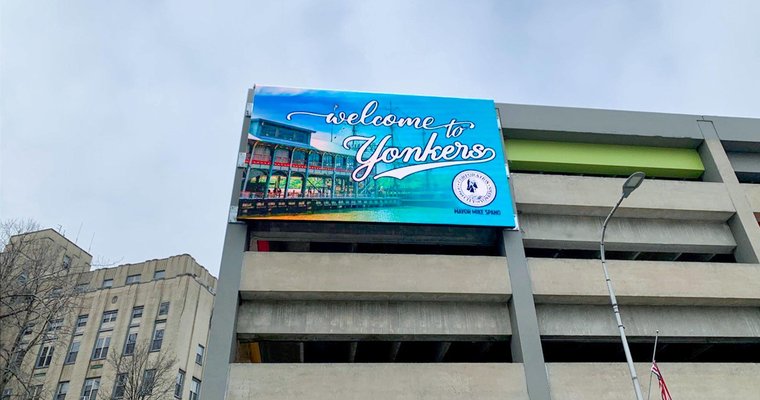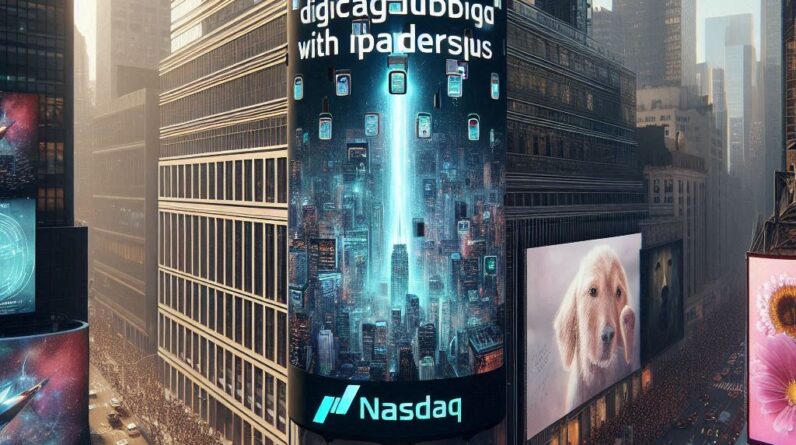
[ad_1]
In 2024, I believe there will be an increased adoption of DOOH capabilities by agencies and adtech service providers. This is effected by the increase of partnerships with DSPs (the tools they use) and DOOH providers, allowing for access to all sorts of DOOH ad inventory.
As the adtech industry continues to devise ideas to incorporate CTV into any and all marketing strategies, one very important channel is being left out of the mix: DOOH. During the pandemic, the OOH industry took a huge hit, as people stopped commuting and traveling. But we’re seeing an uptick in DOOH ad spend now. Total US OOH ad spend for 2022 was $8.6 billion, up 20.7% YoY. According to Kantar’s 2023 Media Reactions report, there is a clear preference among consumers for “in-person” touchpoints. This can include sponsored events, cinema ads, point of sale, and Out-Of-Home / Digital-Out-Of-Home mediums.
In 2024, I believe there will be an increased adoption of DOOH capabilities by agencies and adtech service providers. This is effected by the increase of partnerships with DSPs (the tools they use) and DOOH providers, allowing for access to all sorts of DOOH ad inventory (e.g. Basis Technologies partnered with Vistar Media and Place Exchange, Yahoo and Adsquare, Quotient and Hivestack). These integrations empower buyers to streamline activity, integrate budgets in one place, and transact seamlessly while having all available inventory in one place.
But first, it’s important for marketers to understand how to buy DOOH, and how it compares, and how it is different, from other types of digital ad buying. We’ll also explore the opportunities for DOOH, including the types of inventory and reach available, targeting capabilities and how to measure engagements from the campaigns.
DSP, meet DOOH
Out-of-home advertising is recognized as the oldest form of advertising available. In the last half-century or so, we’ve witnessed the development of digital out-of-home advertising, utilizing the technology available for marketers and advertisers. The data-driven approach made it possible to display ad content, while incorporating an interactive feature and support for targeting.
One crucial thing to note: DOOH is not affected by ad blockers, posing benefits for brands and advertisers who struggle with the demise of the cookie and consumer privacy laws. Among digital media users, 68% of people are experiencing digital device burnout along with banner blindness on personal screens. DOOH displays counteract that, as they are considered the more friendly form of advertising. DOOH ads have many different benefits, but arguably the most important is that no other media format can deliver the ad experience to the consumer without being blocked.
In today’s fast-paced world, some advertising can be considered highly contested. Consumers value their privacy more than ever, while marketers look for creative ways to target and deliver content to a wide range of audiences. DOOH has emerged as a popular choice for marketers in part because it is transforming outdoor advertising. But for marketers looking to buy DOOH programmatically, they must utilize a DSP.
The benefits of DOOH DSPs
A DSP that has access to DOOH inventory simplifies the process of buying and optimizing DOOH campaigns across multiple networks and screens. And it supports ad formats for digital screens in physical locations, including dynamic image ads, video ads, and interactive content. Simple enough, right? Let’s explore the benefits of buying DOOH programmatically.
1. Targeted Advertising
In a world where audience engagement is crucial, DSPs with DOOH inventory provide advertisers with advanced targeting capabilities, utilizing insights and data to optimize campaigns in real-time. Marketers can tailor their messaging based on a number of factors, including time of day, foot traffic, location and more. This targeted level of granularity can result in better engagement and conversion rates.
2. Transact Seamlessly and Efficiently
What marketer doesn’t enjoy an efficient, seamless and transparent buying process? By buying DOOH programmatically, advertisers now have access to a wide range of DOOH inventory from a large database of media owners. DSPs streamline the buying process by enabling advertisers to purchase ad space across multiple locations and screens through a single dashboard. Not only does this reduce manual effort, but it saves time, provides a clear view of the inventory available, and creates transparency in the buying and management of DOOH campaigns.
3. Ads in Real-Time
As the word digital implies, ads can be optimized in real-time — a crucial factor for outdoor advertising. DSPs are known for their analytics and reporting features, and allow campaigns to be updated dynamically, enabling instant adaptations and changes to the ad creative, messaging, etc. This flexibility ensures marketers are pushing out campaigns that are relevant and timely, and engaging to their target audiences. Applying these tools to DOOH campaigns also means advertisers can monitor campaign performance, gather valuable insights, and make data-driven decisions to optimize their campaigns — in real-time.
DOOH DSPs — short- and long-term predictions
As technology continues to advance and marketers look for different channels to connect with consumers, DOOH DSPs are going to emerge as the main player in the future of advertising, most notably in 2024.
The IAB Tech Lab updated its OpenRTB standard to help make programmatic access to DOOH easier than ever. With new DOOH-specific guidelines and technical resources for real-time bidding, the new OpenRTB extensions standardize programmatic buying of DOOH inventory.
I expect there will be an increased adoption by programmatic adtech companies, as more DSPs and DOOH providers partner up.
The advertising world continues to jump on new trends, and marketers are always looking to incorporate new channels into their campaigns. The rise of programmatic DOOH brings a deeper level of automation and optimization to campaigns and moves the DOOH advertising landscape a step further into the future.
Chris is responsible for all aspects of Basis DSP’s ad exchange (SSP) integrations, including new partner onboarding, inventory supply path optimization, inventory quality, traffic allocation, partner relationships, and OpenRTB product requirements. He is a core member of the IAB working group that created the DOOH OpenRTB spec. Chris has over 25 years of experience with online marketing and ad tech, with the past eight at Basis Technologies.
[ad_2]
Source link






